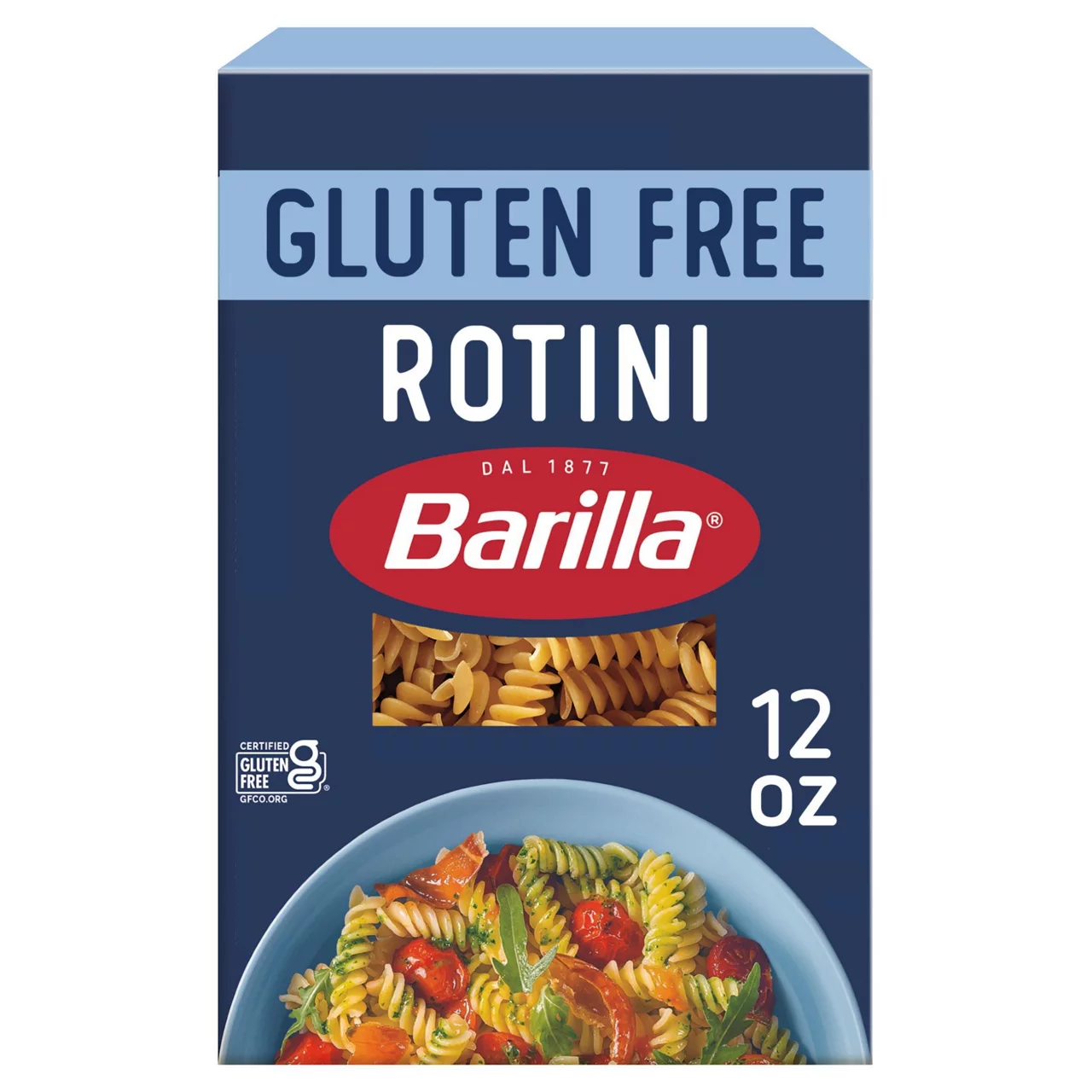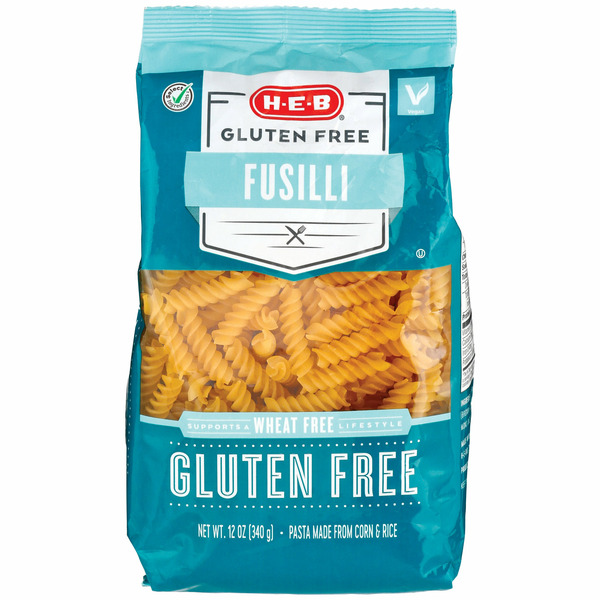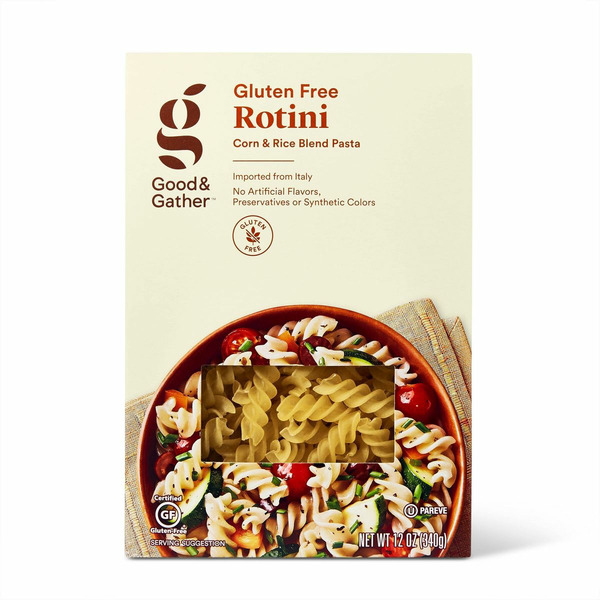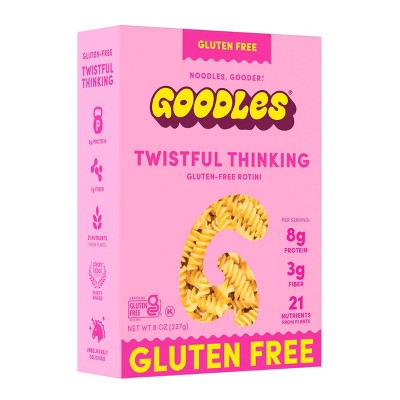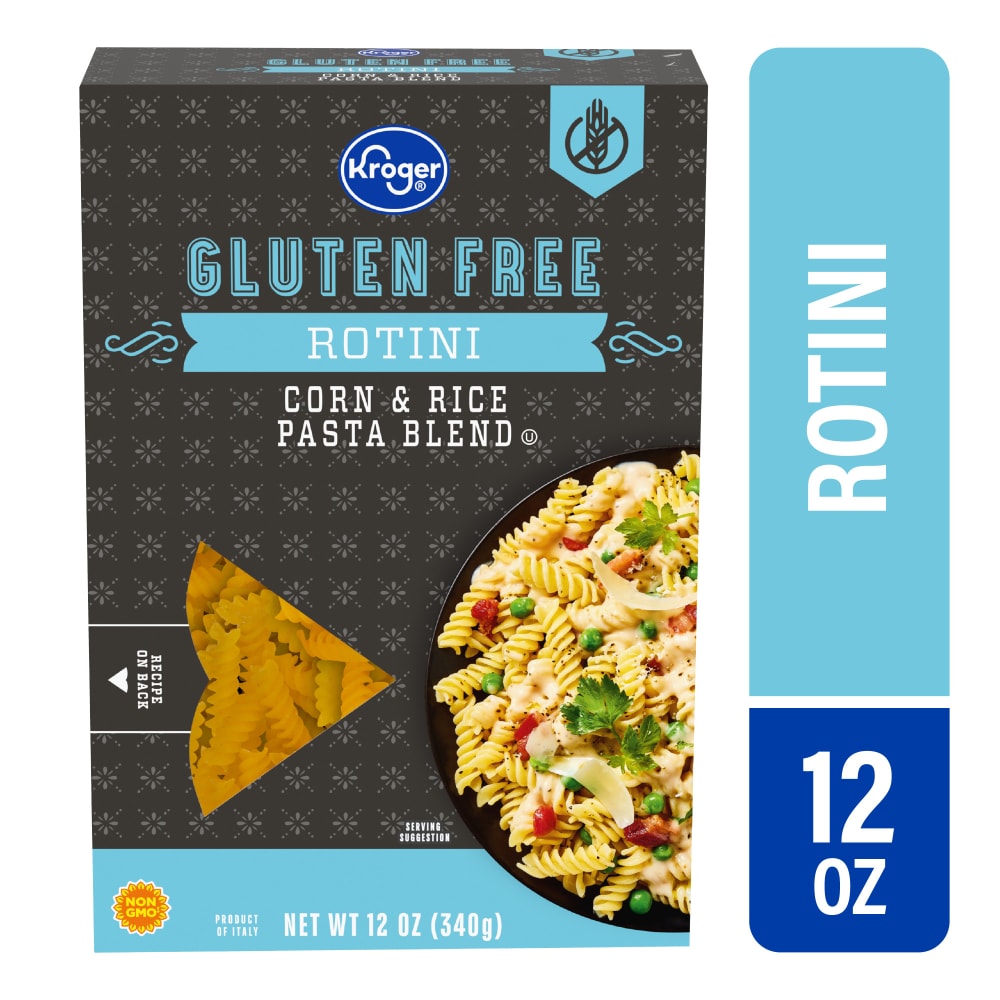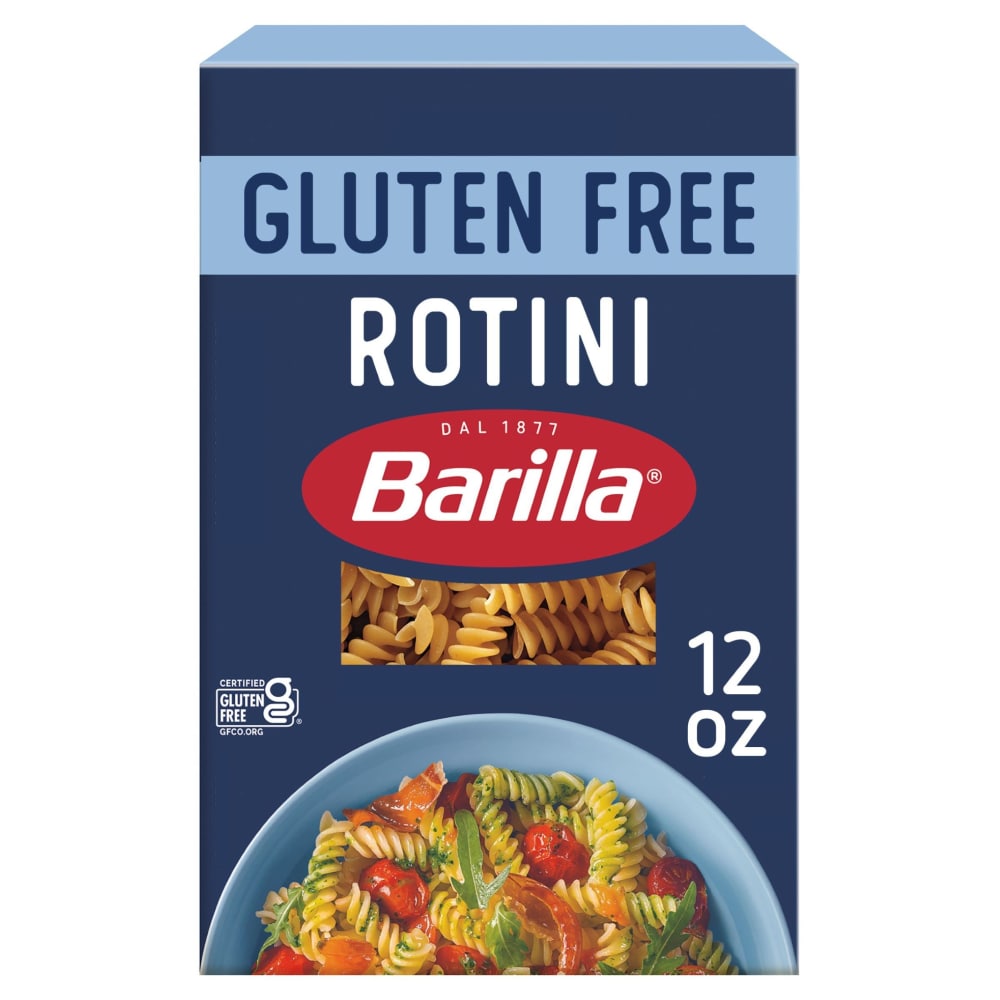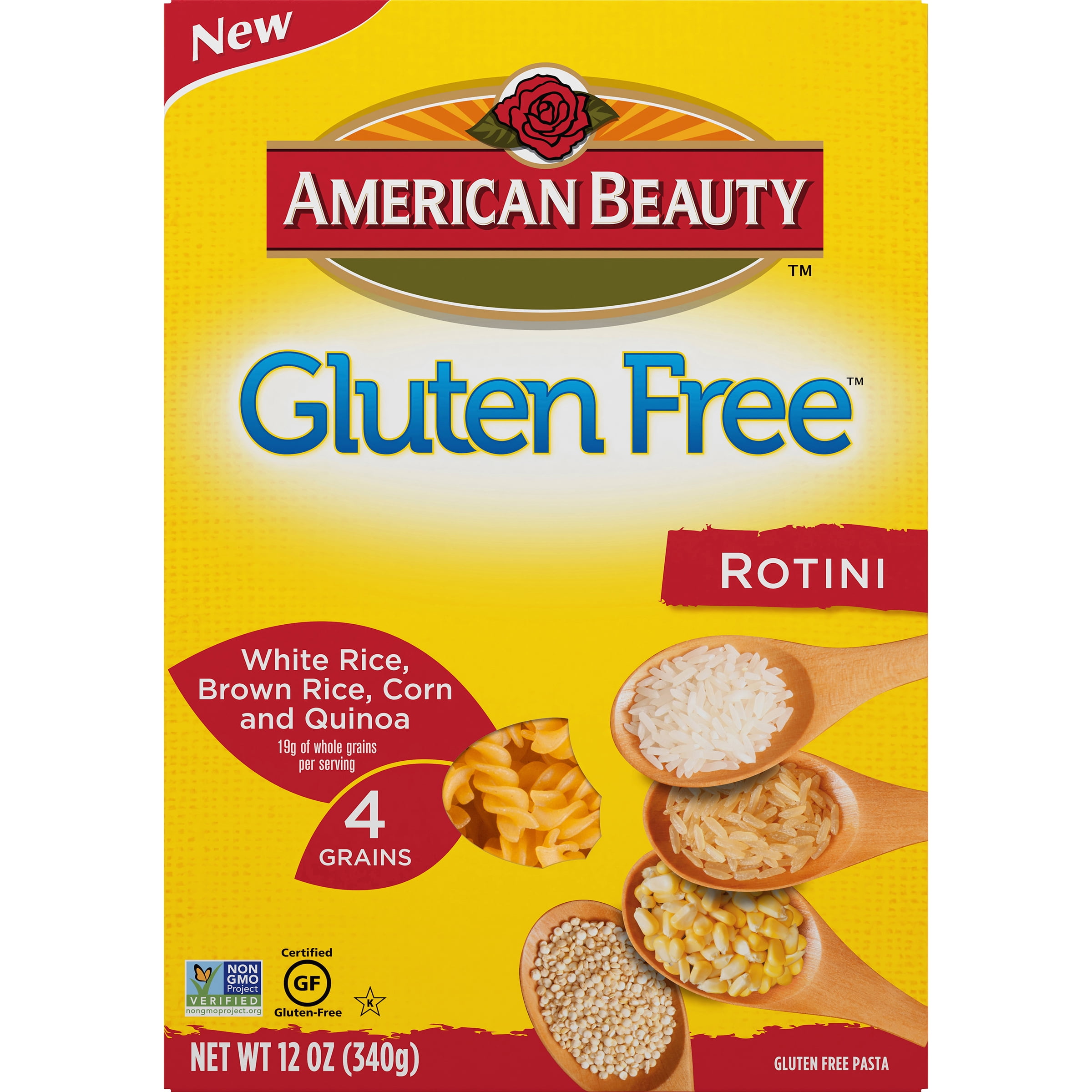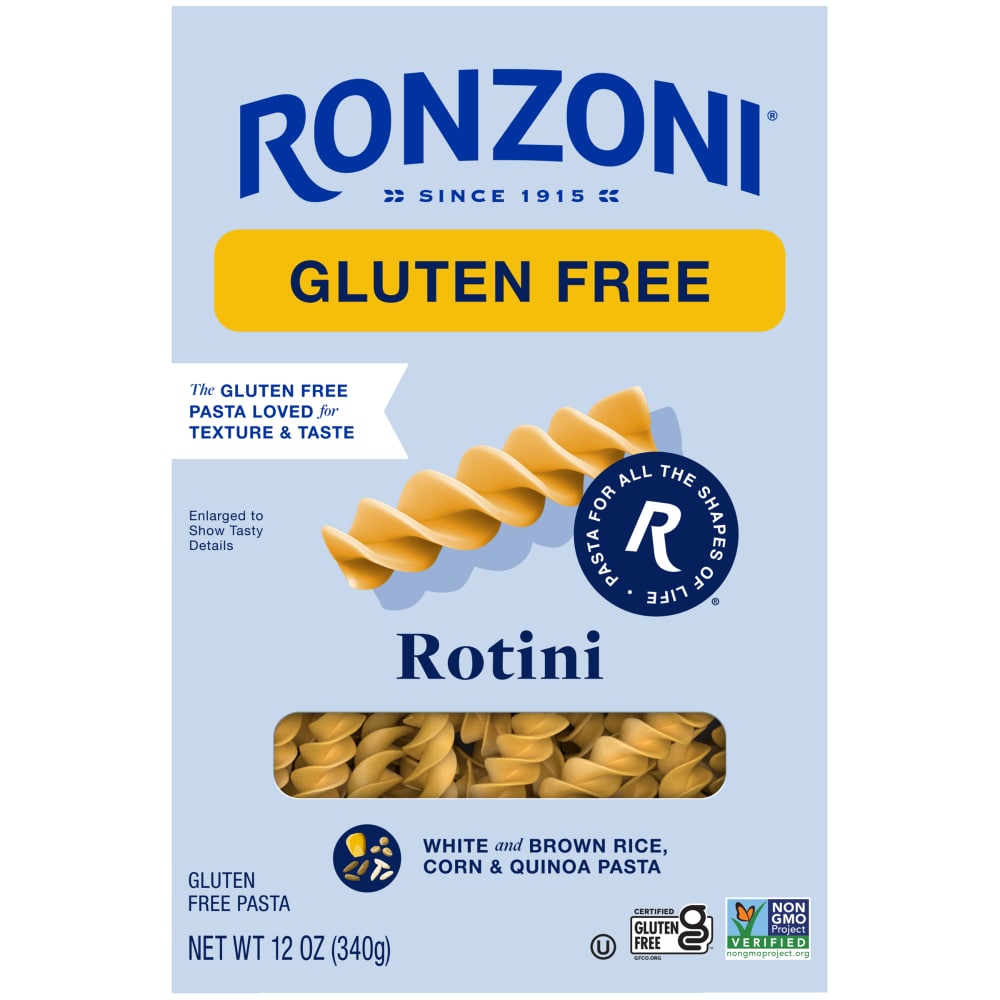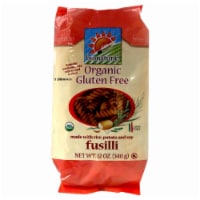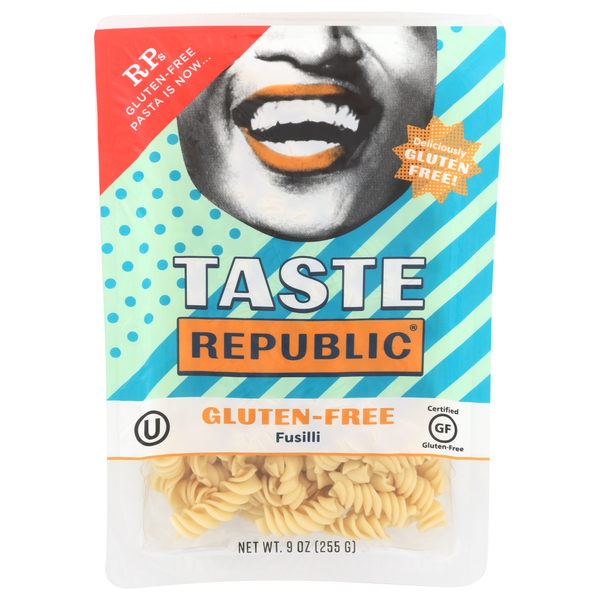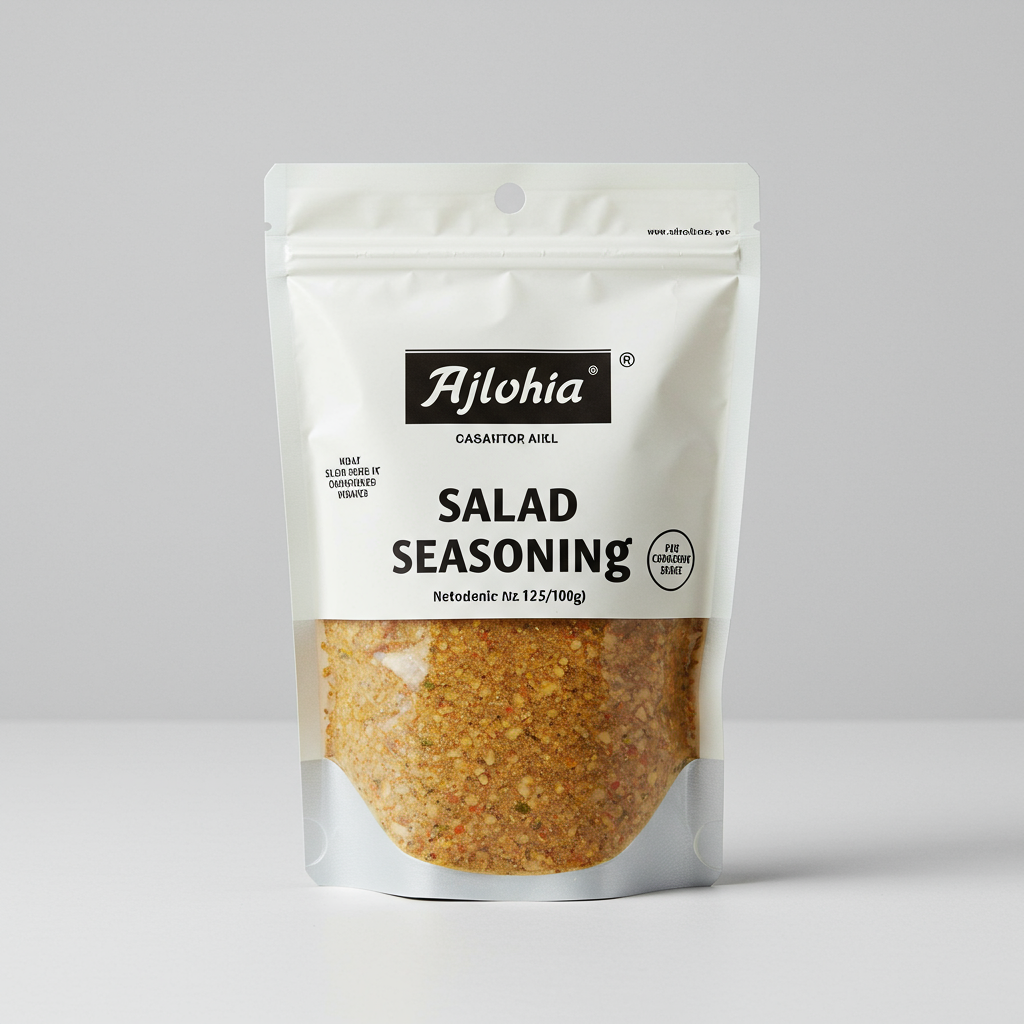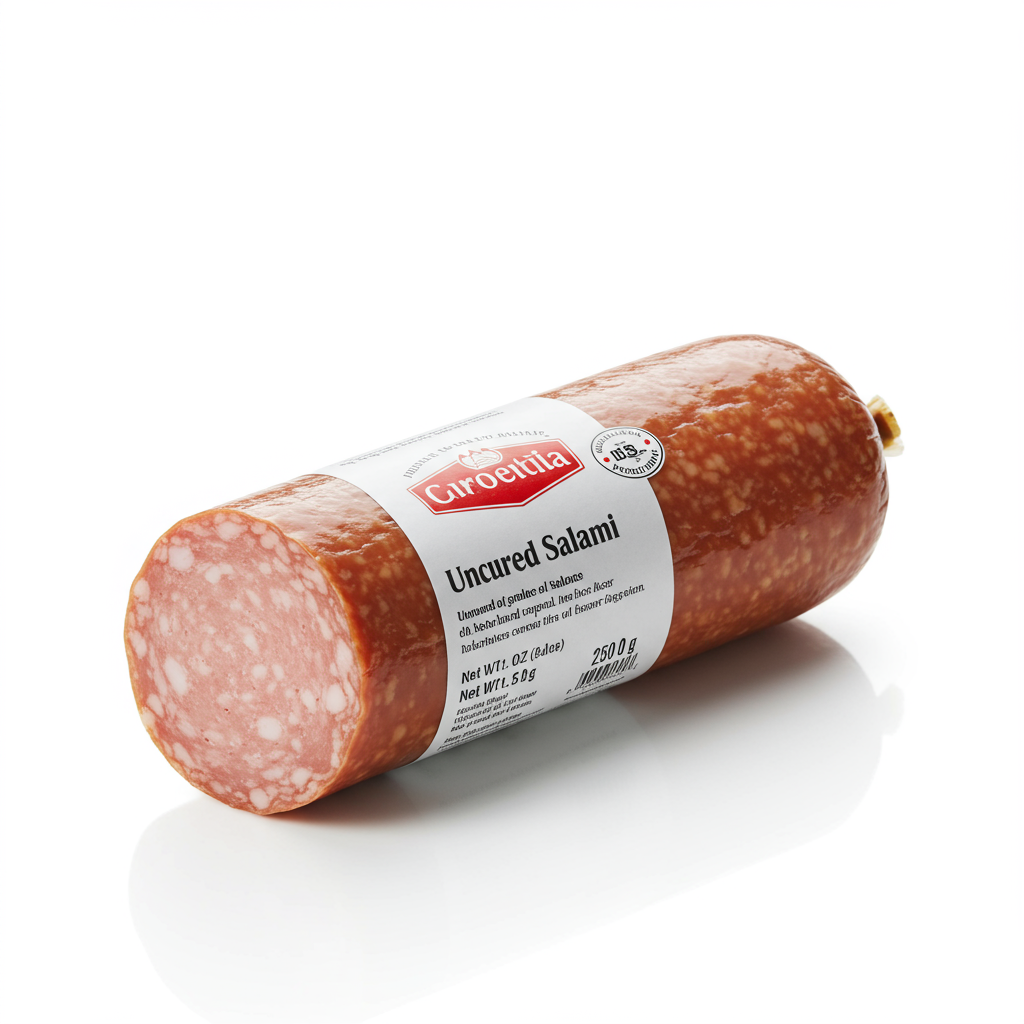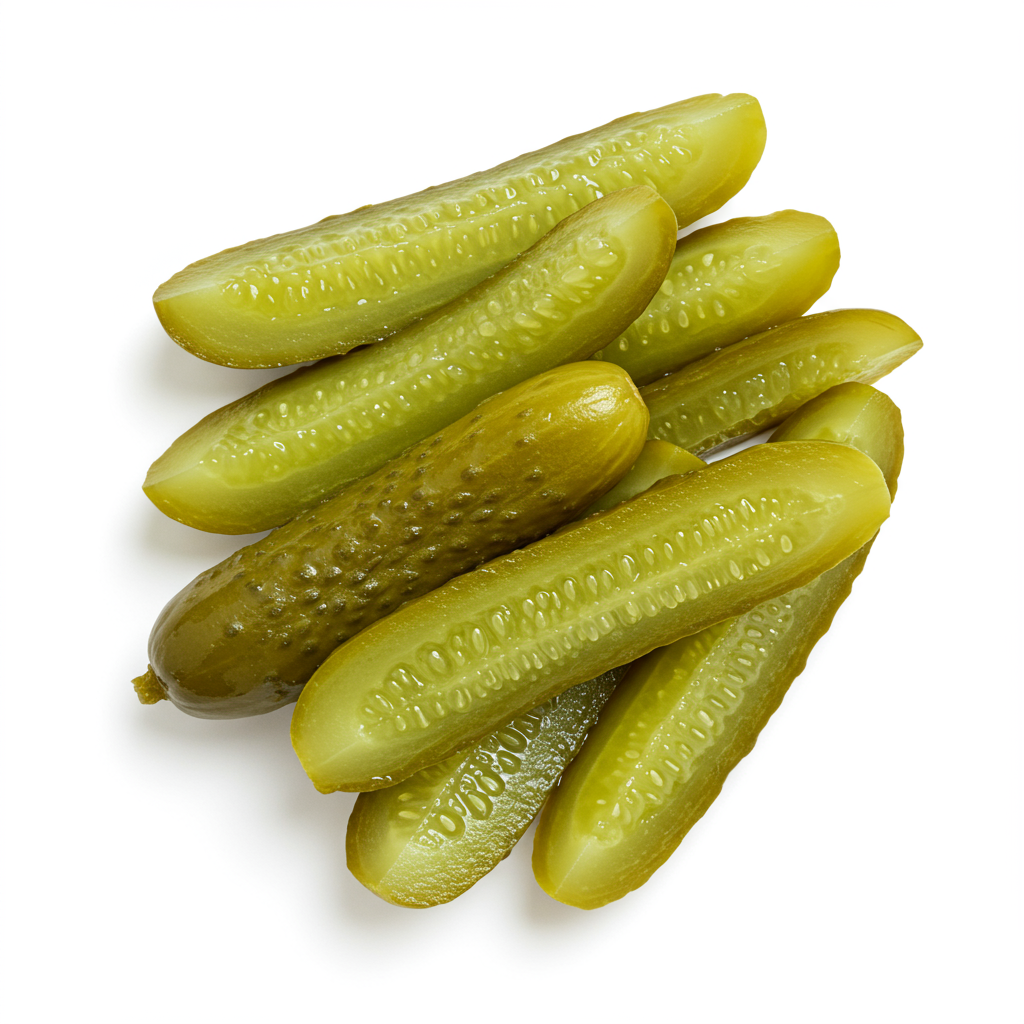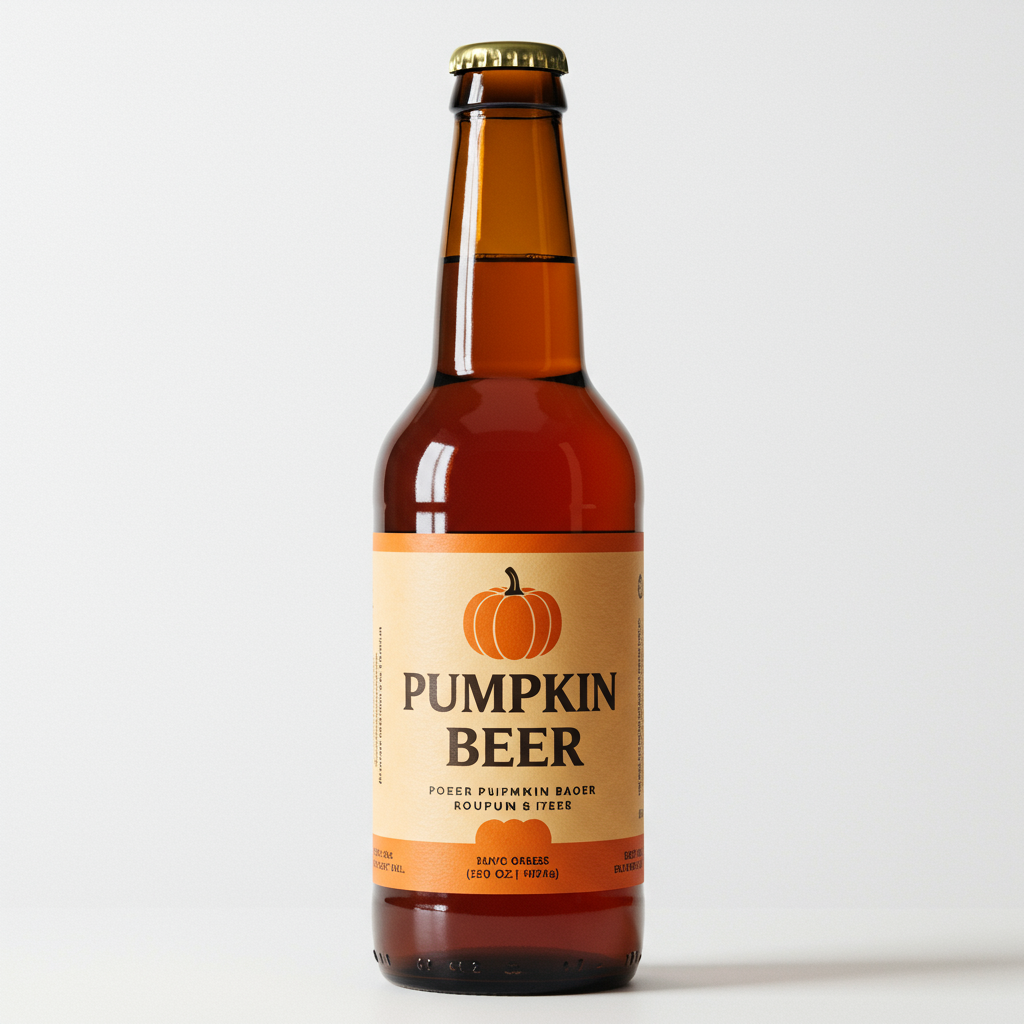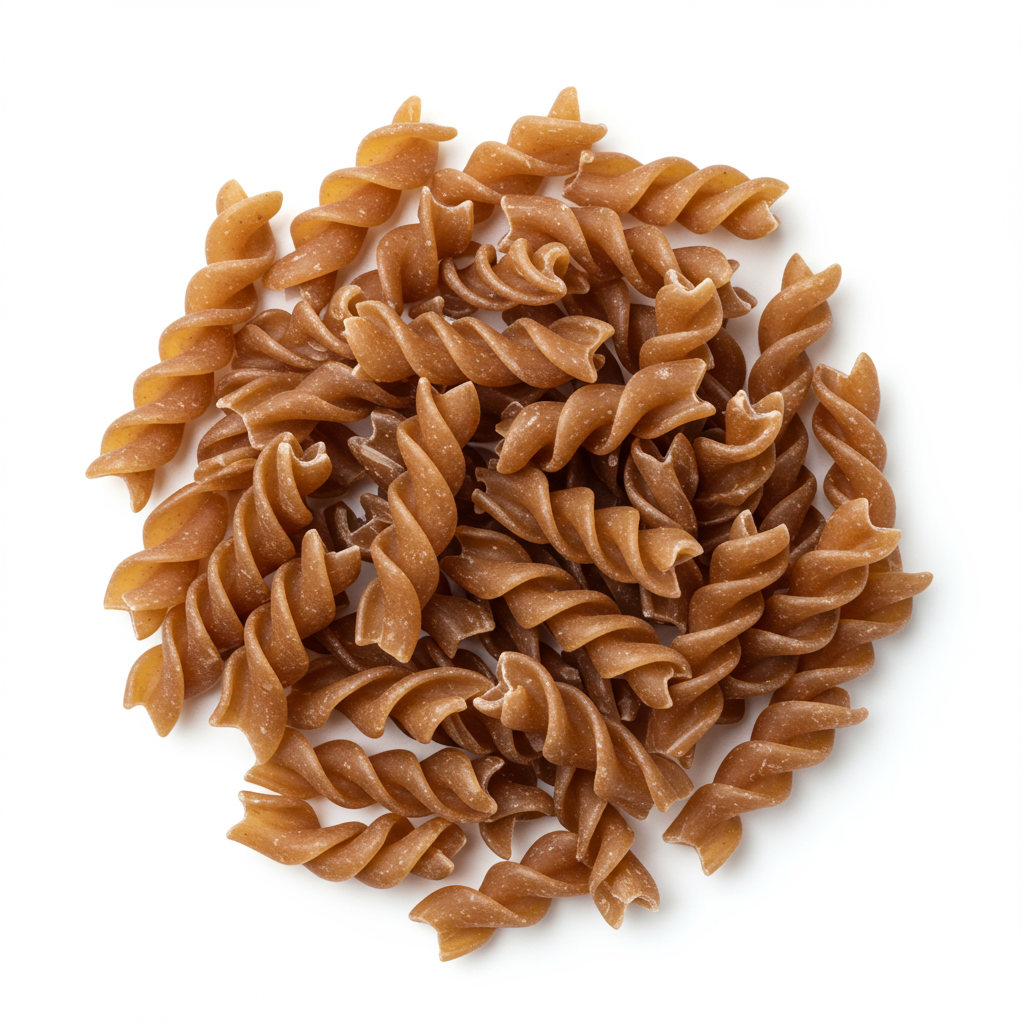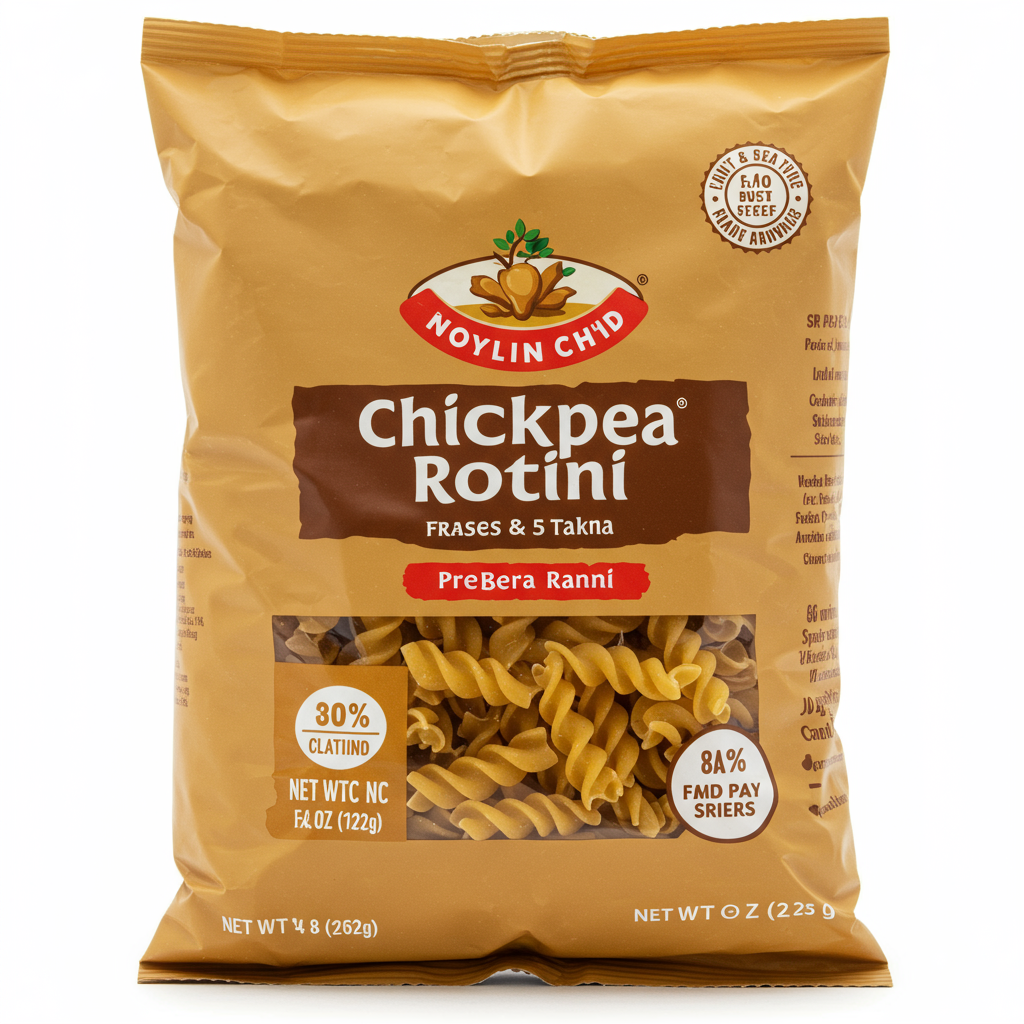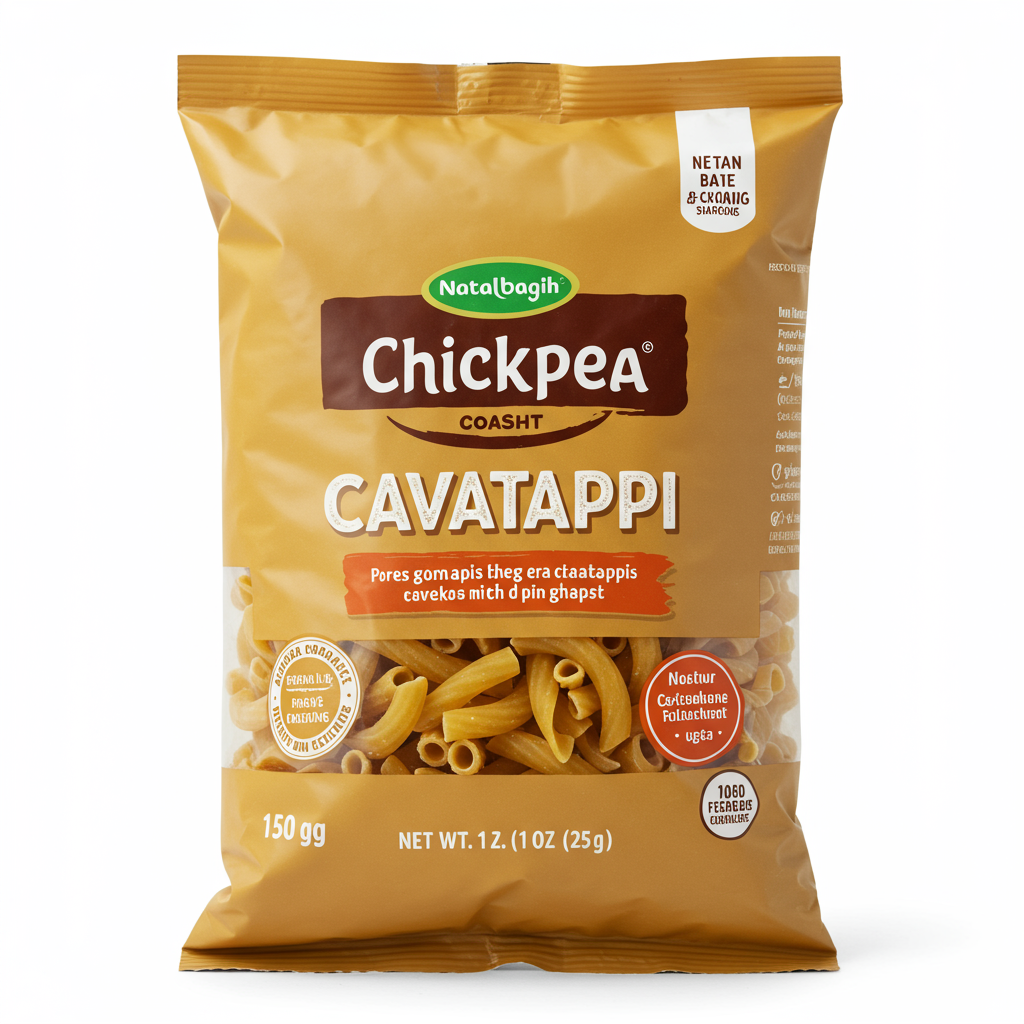MAIN DISHES
SALADS
SIDE DISHES
Gluten Free Spiral Pasta
Gluten-free spiral pasta is a spiral-shaped pasta made without gluten, a protein found in wheat and other grains. This type of pasta is ideal for individuals with gluten intolerance or celiac disease, as well as those following gluten-free diets for other reasons. Gluten-free spiral pasta is typically made from alternative grains or gluten-free flours, such as rice, corn, quinoa, or a blend of these ingredients, to mimic the taste and texture of traditional wheat-based pasta.
When preparing gluten-free spirals, it is essential to boil it in plenty of salted water following the package instructions to avoid overcooking and ensure the perfect al dente texture. This versatile pasta can be used in various dishes, from classic Italian sauces like marinara and pesto to cold pasta salads or baked casseroles. Due to its spirals, the gluten-free rotini is excellent at catching and holding onto the sauce, providing a flavorful and satisfying meal.
90%
CARBS
2%
FAT
8%
PROTEIN
87 Gluten Free Spiral Pasta Products
Barilla Gluten Free Rotini Pasta
H-E-B Gluten Free Fusilli Pasta
Gluten Free Rotini
Goodles Gluten Free Dry Pasta Twistful Thinking
Kroger® Gluten Free Rotini Pasta
Barilla Gluten Free Rotini Pasta
American Beauty Gluten-Free Rotini, 12-Ounce Box
Ronzoni Gluten Free Non-GMO Vegan Four-Grain Rotini White Pasta
bionaturae 100% Organic Gluten Free Rice & Lentil Pasta Fusilli
Gluten-Free Pasta, Fusilli, Fresh Brown Rice Pasta Cooks in Just 3 Minutes by Taste Republic
Used In 1 Recipe
Gluten Free Spiral Pasta Is Frequently Used With
Gluten Free Spiral Pasta FAQ
Cooking with gluten-free rotini might seem daunting initially, especially for those just starting on a gluten-free diet. One of the most common issues is overcooking the pasta. As it already lacks the protein structure from gluten, it can easily break down and become overly soft or mushy if cooked too long. Always follow package directions. Another common mistake is not seasoning the cooking water, which can lead to bland pasta.
To get the most out of gluten-free rotini, ensure to pair it with bold and hearty sauces or ingredients. The spiraled shape of rotini works well to retain the sauce, enhancing the overall flavor of the dish. Incorporating various textures, like crunchy veggies or chewy meats, can also help balance the pasta's tendency toward a softer texture.
A little-known tip when using gluten-free pasta is to rinse it under cold water after cooking to remove the excess starch, which can create a gummy texture. However, if you're using the pasta in a hot dish, quickly reheat in the sauce to bring it back up to temperature.
Why does my gluten-free rotini pasta become mushy?
Do I need to rinse my gluten-free rotini after cooking?
Can I use gluten-free rotini pasta in cold or hot dishes?
Why does my gluten-free rotini taste bland?
Does gluten-free rotini take longer to cook than regular pasta?
Are all gluten-free rotini pastas the same?
Can I substitute gluten-free rotini for regular rotini in recipes?
My gluten-free rotini pasta clumps together after cooking. How can I prevent this?
Does regular pasta sauce go well with gluten-free rotini?
What are some good dishes to make with gluten-free rotini?
Expiration & Storage Tips
When does gluten free rotini expire?
Unopened packages of gluten-free rotini will typically last about 1-2 years if stored properly in a cool, dark, and dry place. The expiration date printed on the package is an excellent guideline, but always remember, quality can start to decrease before this date if not stored correctly. Once the package of gluten-free rotini is opened, it's best to consume it within 1-2 months for optimal freshness. If you decided to freeze your gluten-free rotini (which is uncommon, but can be done), use it within 2-3 months for best taste.
How do you tell if gluten free rotini is bad?
Check for signs of spoilage such as an off smell, mold, or pests like weevils. The pasta should not have a musty, stale smell or any visible discoloration or bugs. If you cooked the gluten-free rotini and have leftovers, it will typically stay good for 3-5 days in the fridge. If it has been in the fridge for a while, look for a slimy texture or sour smell; if either of these is present, it's time to throw it out.
Tips for storing gluten free rotini to extend shelf life
• Store unopened gluten-free rotini in a cool, dry place away from direct sunlight.
• Once the package is opened, you can keep it fresh by storing it in an airtight container. This keeps moisture and pests out.
• Don't store your pasta near strong-smelling spices or foods as it can absorb those odors.
• If you choose to freeze your gluten-free rotini, store it in a freezer-safe bag or container, with all the air squeezed out to prevent freezer burn.
• Always cook gluten-free pasta in generously salted, boiling water to prevent it from sticking together and getting mushy.
• Gluten-free pasta may take a bit longer to cook than traditional wheat pasta, so always check the package instructions for the ideal cooking time.
EXPIRES WITHIN
19 - 29
MONTHS
Equivalents
Substitutes

Whole Grain Rotini
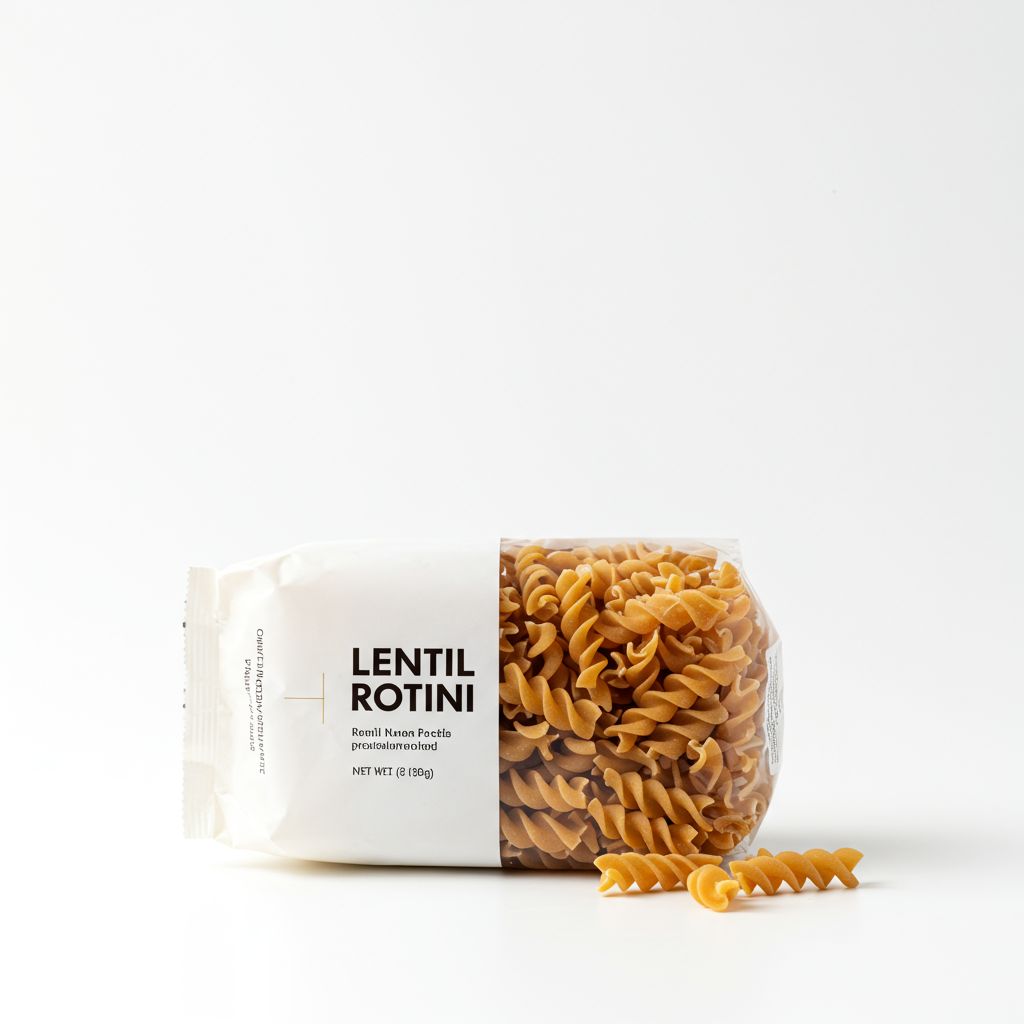
Lentil Rotini

Whole Grain Fusilli Pasta

Cavatappi Pasta

Fusilli Pasta

Rotini

Casarecce Pasta
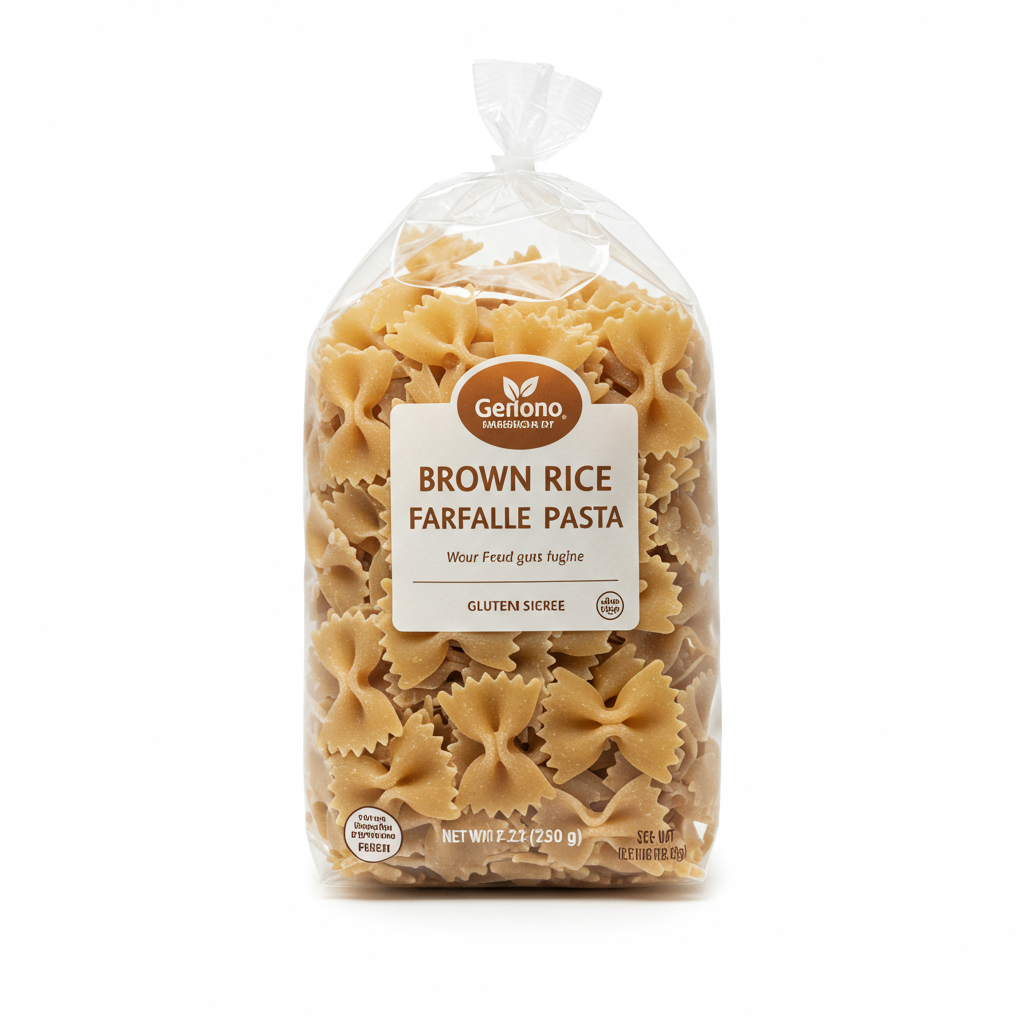
Brown Rice Farfalle Pasta

Brown Rice Macaroni
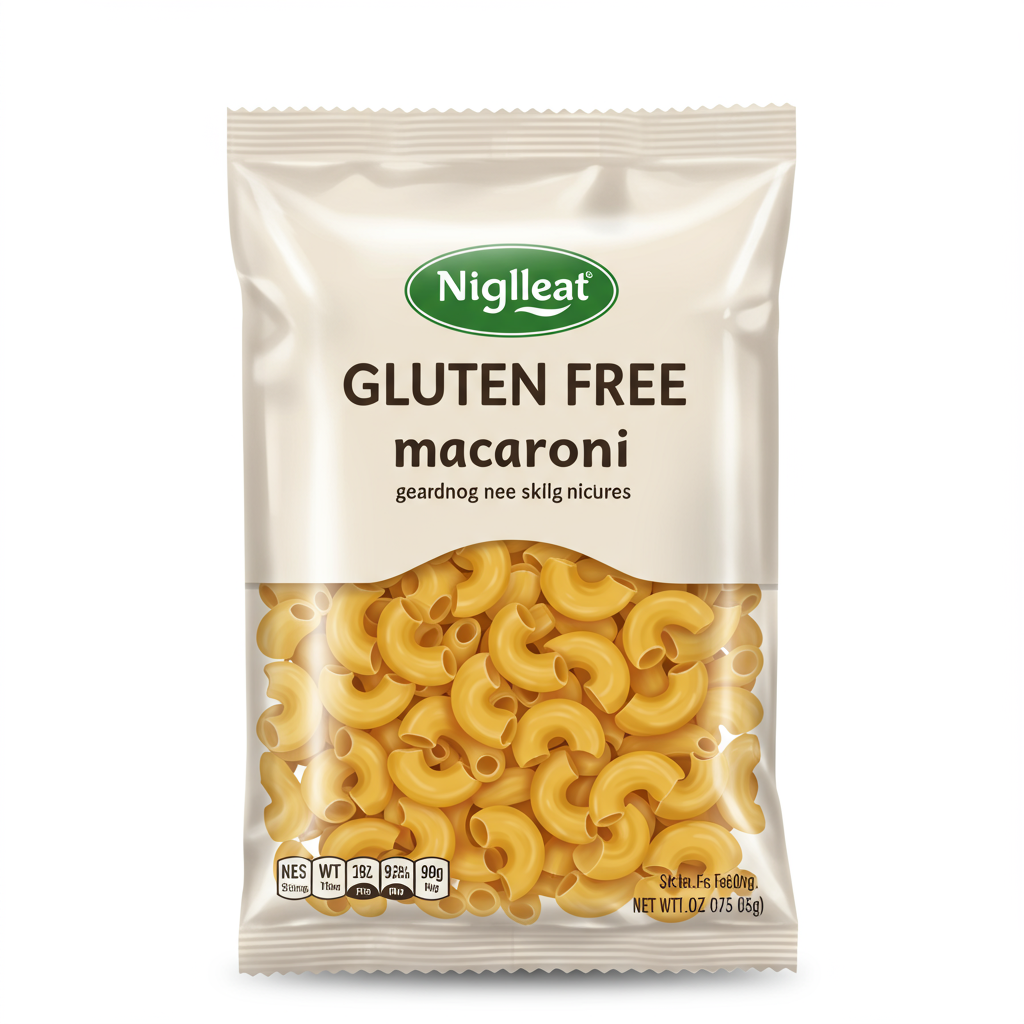
Gluten Free Macaroni
See All
Health Info
Macros
43g
CARBS
1g
FAT
3g
PROTEIN
Allowed on these diets
LOW FAT
HIGH CALCIUM
VEGETARIAN
MEDITERRANEAN
LOW CARB
VEGAN
LACTOSE FREE
GLUTEN FREE

